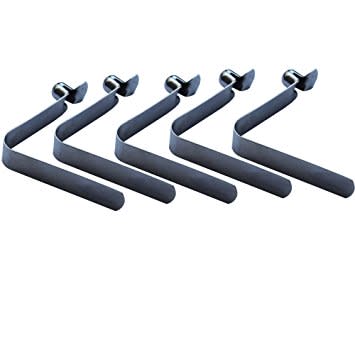DesEngineer4
Mechanical
- Feb 19, 2013
- 181
Hello Everyone,
Hope All is well...
I'm working on a concept...I have attached my rough sketch (sorry, bad sketches). It has two parts PART -1(Base) and PART-2(Top). Part-2 will slide into the hollow section of part-1 and part-2 need to hold at three different heights (indicated as stage 1 to 3 in my sketch) to carry some load. I was stuck in selecting the locking method for holding the part -2 at required height. Initially, I thought to put some pins through the holes (from all sides) to hold part-2 but I'm thinking for a different and easy way to hold/lock the part-2 at required height. These are 3D printing parts (ABS Plastic).
Any thoughts/suggestions?
Any kind of help is appreciated...
Thank you..
Thanks & Regards,
Sam
Hope All is well...
I'm working on a concept...I have attached my rough sketch (sorry, bad sketches). It has two parts PART -1(Base) and PART-2(Top). Part-2 will slide into the hollow section of part-1 and part-2 need to hold at three different heights (indicated as stage 1 to 3 in my sketch) to carry some load. I was stuck in selecting the locking method for holding the part -2 at required height. Initially, I thought to put some pins through the holes (from all sides) to hold part-2 but I'm thinking for a different and easy way to hold/lock the part-2 at required height. These are 3D printing parts (ABS Plastic).
Any thoughts/suggestions?
Any kind of help is appreciated...
Thank you..
Thanks & Regards,
Sam

